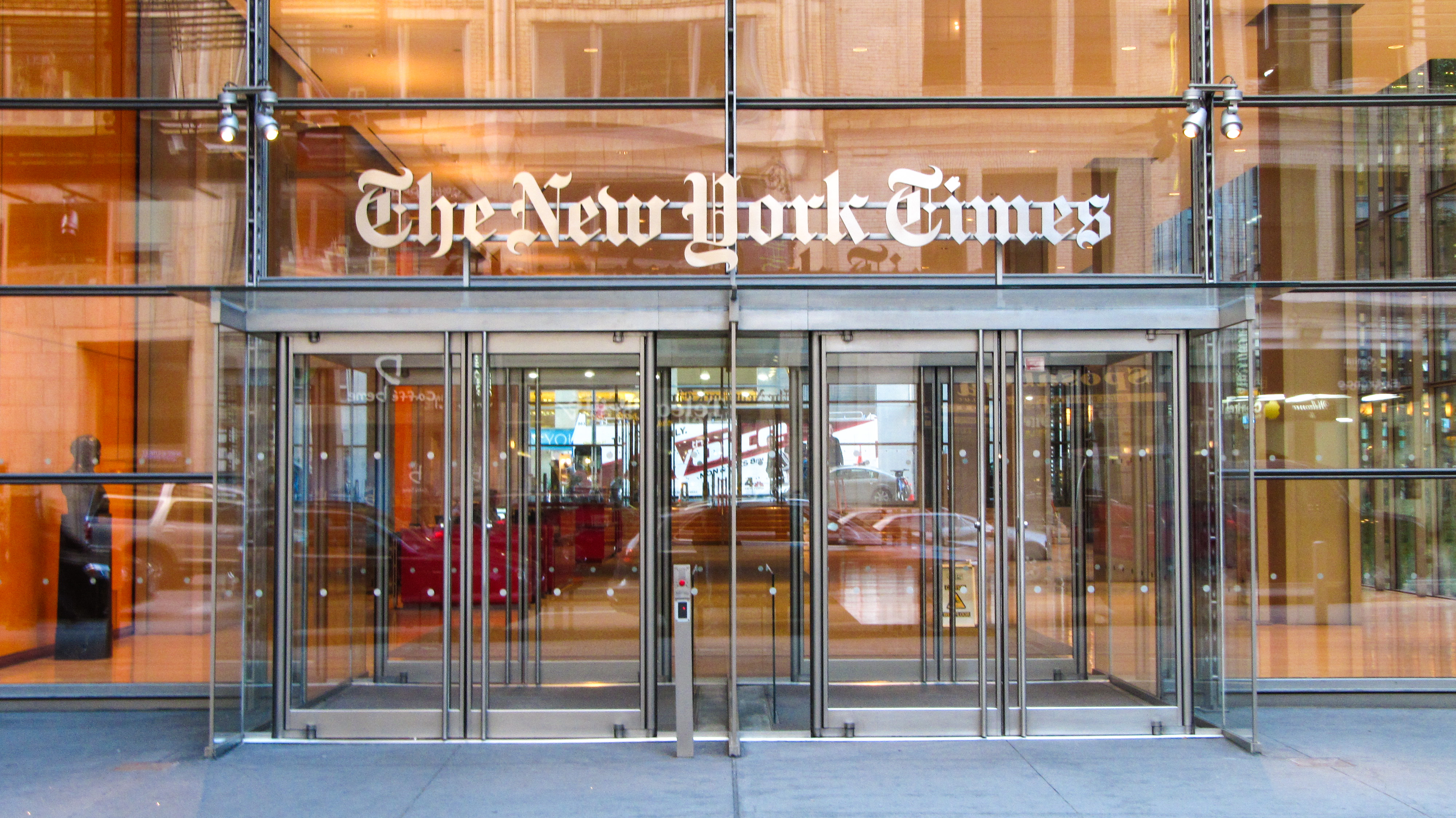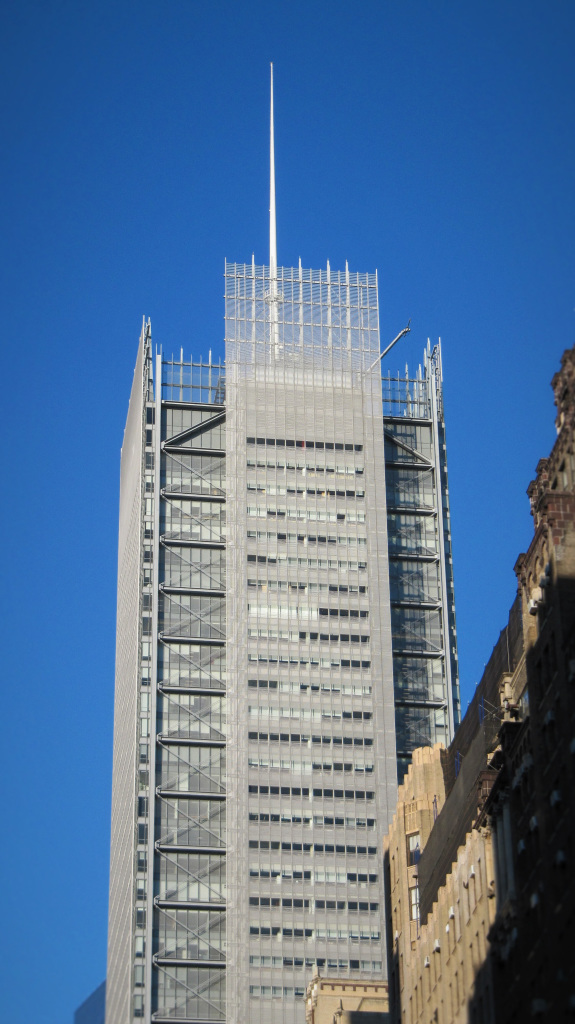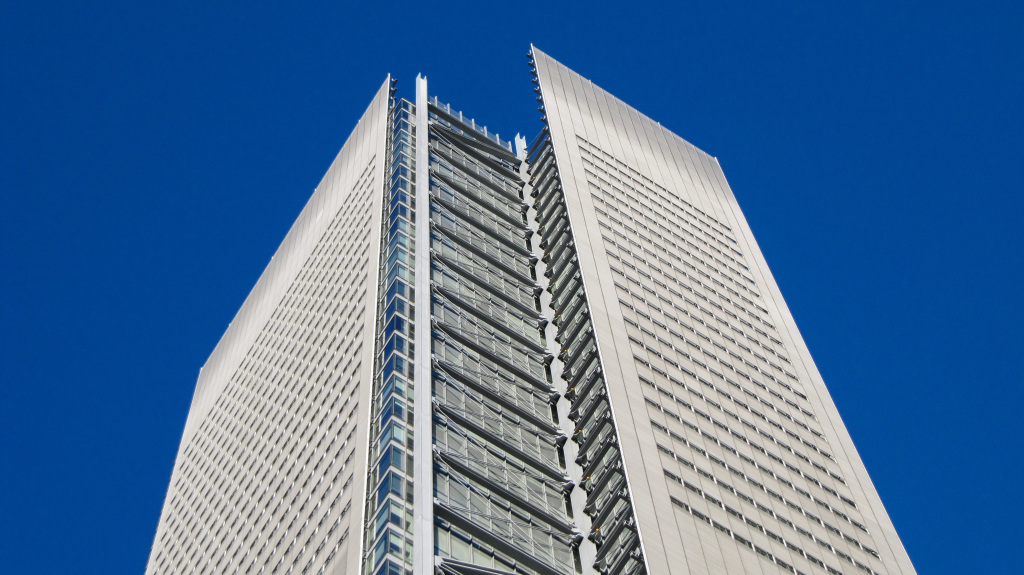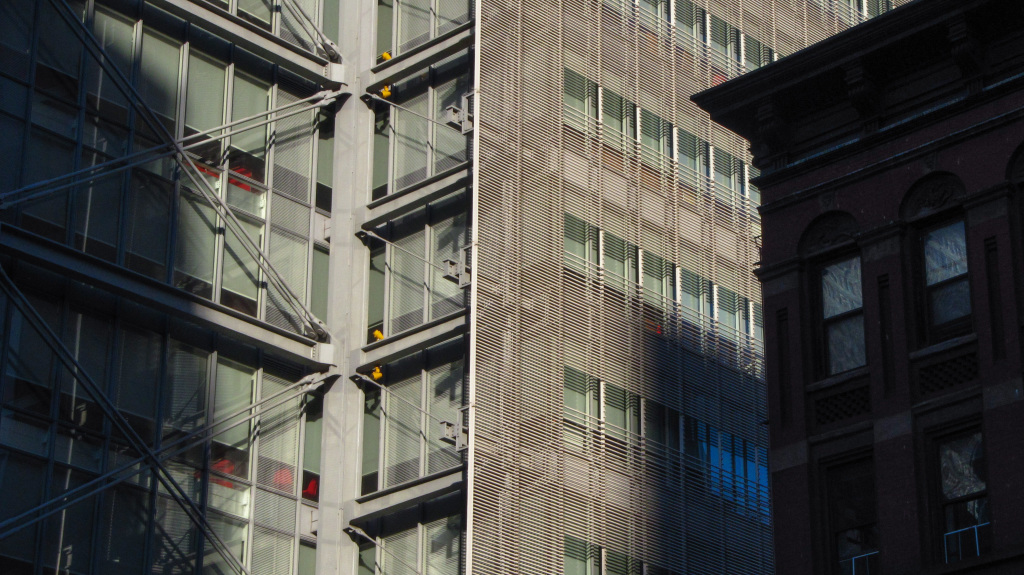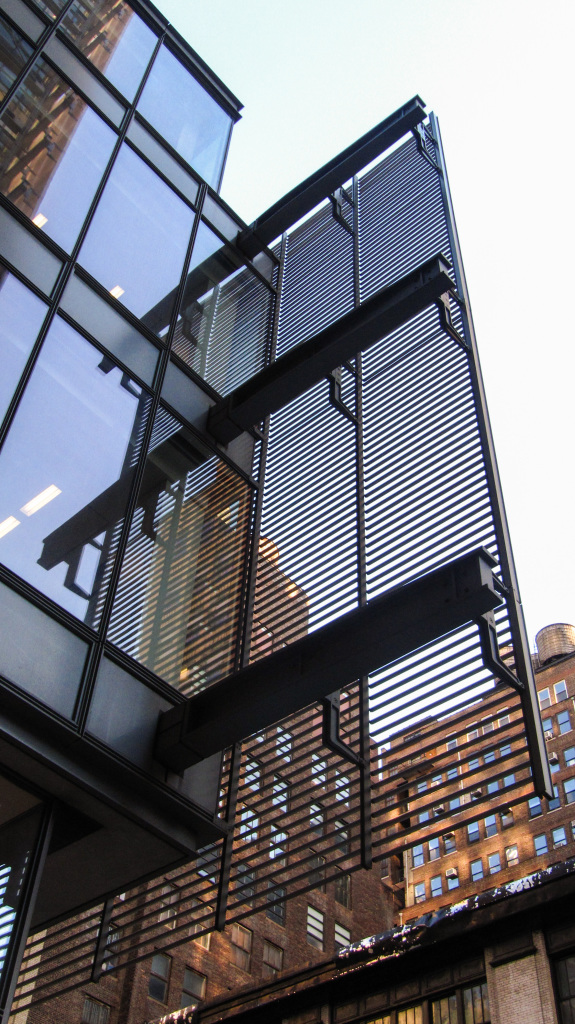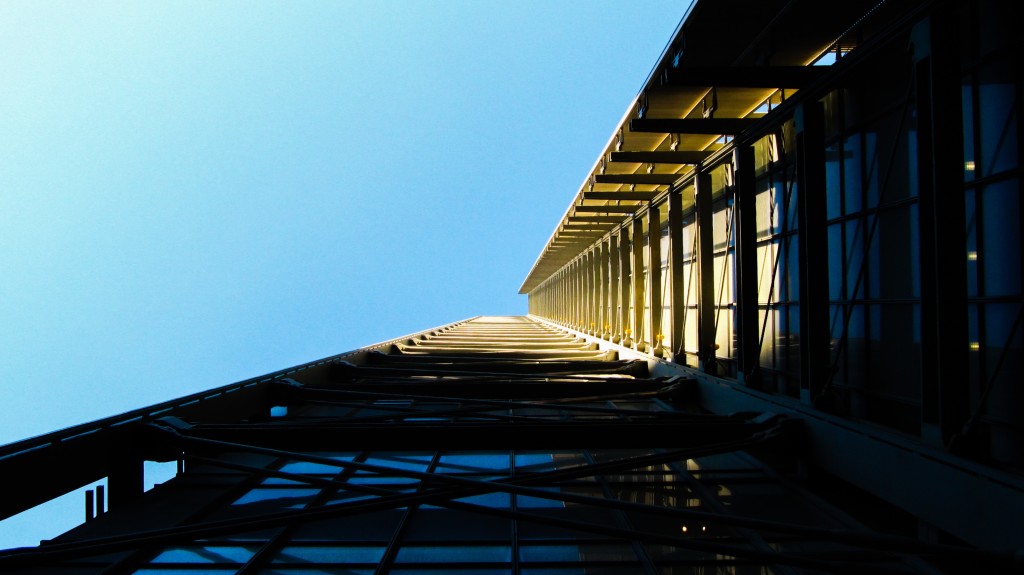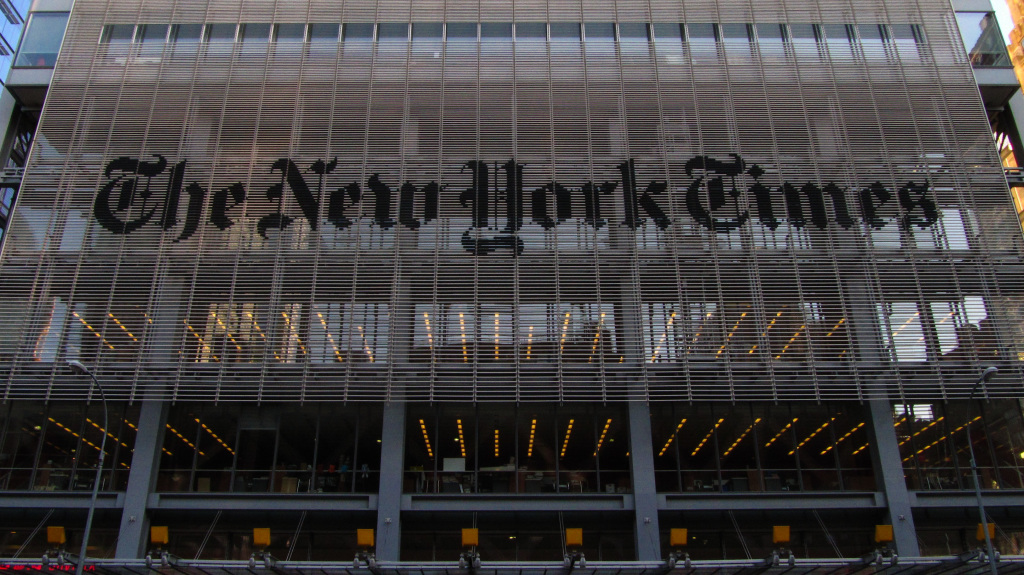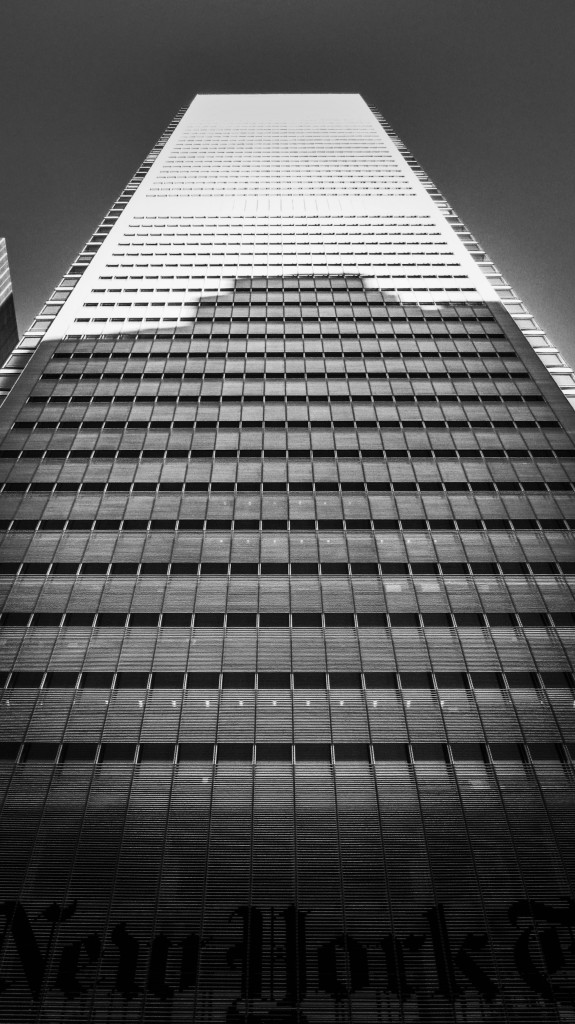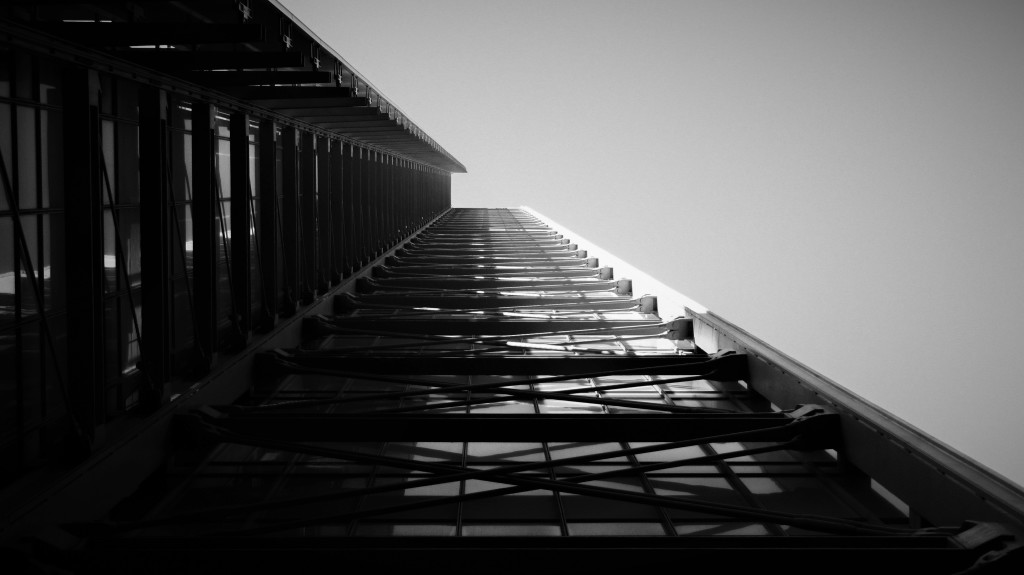The New York Times Building is a skyscraper on the west side of midtown Manhattan, New York City that was completed in 2007. Its chief tenant is The New York Times Company, publisher of The New York Times as well as the International New York Times, and other newspapers.
The project was announced on December 13, 2001, entailing the erection of a 52-story tower on the east side of Eighth Avenue between 40th and 41st Street across from the Port Authority of New York & New Jersey Bus Terminal. The project, in conjunction with the Hearst Tower, represents the further westward expansion of Midtown along Eighth Avenue, a corridor that had seen no construction following the completion in 1989 of One Worldwide Plaza. In addition, the new building—called by many New Yorkers “The New Times Tower”—keeps the paper in the Times Square area, which was named after the paper following its move to the original Times Tower on 42nd Street in 1904. (The New York Times Company subsequently relocated to nearby 229 West 43rd Street in 1913.)
The tower was designed by Renzo Piano Building Workshop and FXFOWLE Architects, with Gensler providing the interior design. The lighting design for the building’s nighttime identity was designed by the Office for Visual Interaction Inc. The tower rises 748 feet (228 m) from the street to its roof, with the exterior curtain wall extending 92 feet (28 m) higher to 840 feet (260 m), and a mast rising to 1,046 feet (319 m). As of 2008, the building is tied with the Chrysler Building as the fourth tallest building in New York City, due to the unfinished One World Trade Center exceeding their height. The tower is also the seventh tallest building in the United States. As of 2010, the tower remained the fourth tallest building in New York City.
The steel-framed building, cruciform in plan, utilizes a screen of 1 5⁄8” (41.3 mm) ceramic rods mounted on the exterior of the glass curtain wall on the east, west and south facades. The rod spacing increases from the base to the top, providing greater transparency as the building rises. The steel framing and bracing is exposed at the four corner “notches” of the building.
The new building is promoted as a green structure, though it is not LEED certified. The design incorporates many features for increased energy efficiency. The curtain wall, fully glazed with Low-E glass, maximizes natural light within the building while the ceramic-rod screen helps block direct sunlight and reduce cooling loads. Mechanized shades controlled by sensors reduce glare, while more than 18,000 individually dimmable fluorescent fixtures supplement natural light, providing a real energy savings of 30 percent.
A natural gas co-generation plant provides 40 percent of the electrical power to The New York Times Company’ space within the building, with the waste heat used for heating and cooling. Floors occupied by The New York Times Company utilize a raised floor system that allows for underfloor air distribution, which requires less cooling than a conventional ducted system. The building also incorporates free-air cooling, bringing in outside air when it is cooler than the interior space, which saves additional energy. In excess of 95% of the structural steel was recycled. The building, like many in midtown Manhattan, has no on-site parking, with most employees arriving by public transit. Since December 2007, building management has provided an indoor parking area for 20 bicycles. The story of the tower’s construction is showcased at the Liberty Science Center‘s exhibition “Skyscraper! Achievement and Impact”.
[excerpts from Wikipedia]
Times Square Plaza (left) and The New York Times Building (right)
